02.0C BIO, C2 Cycles of Matter (PART C)
1/36
There's no tags or description
Looks like no tags are added yet.
Name | Mastery | Learn | Test | Matching | Spaced |
|---|
No study sessions yet.
37 Terms
Biogeochemical cycle
Any of the various chemical cycles, which involve biological processes, geological processes, and chemical processes that allow essential elements to pass from one organism to another and among parts of the biosphere through closed loops.

Evaporation
...
The change of a substance from a liquid to a gas.
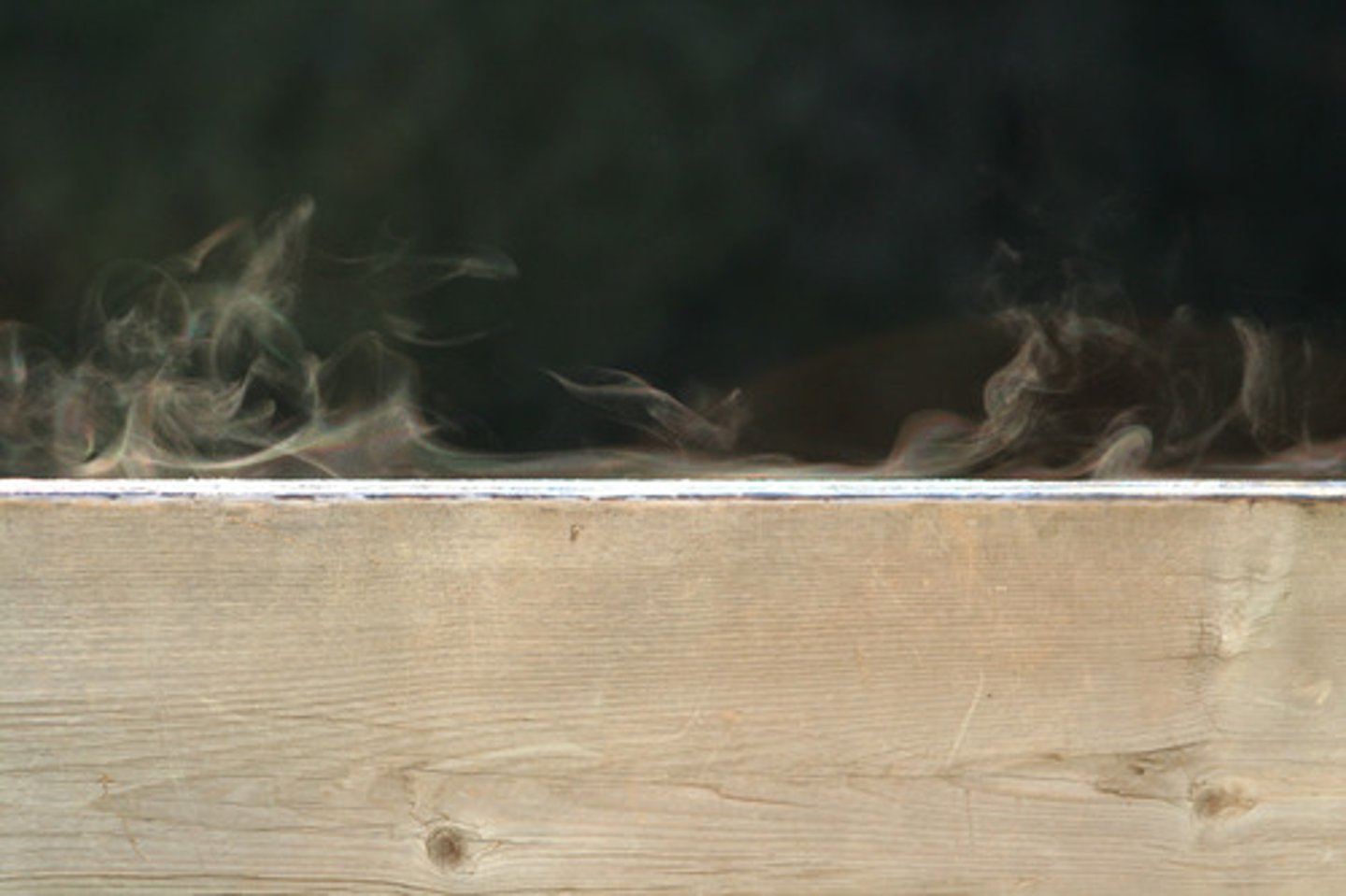
Transpiration
Evaporation of water from the leaves of a plant.
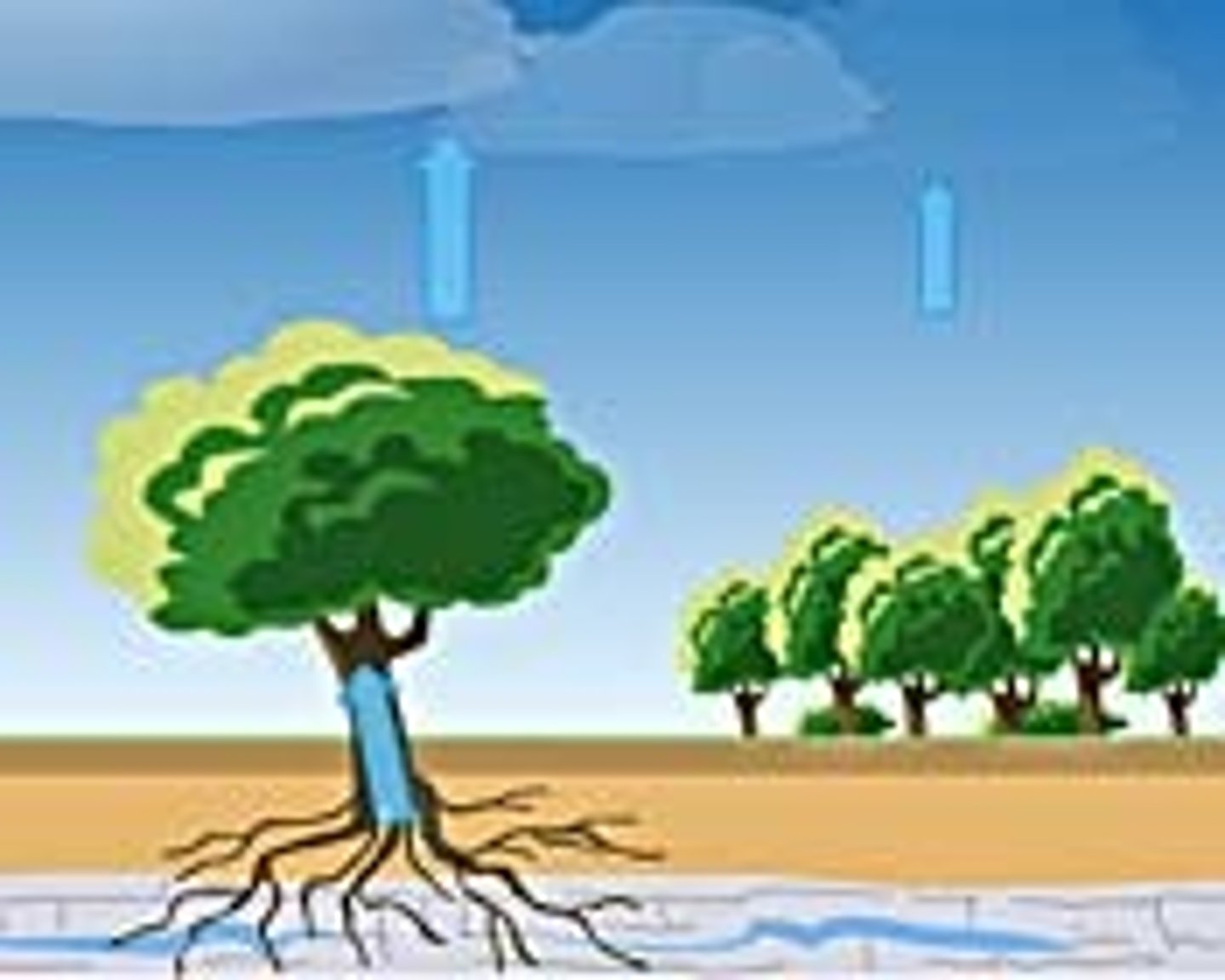
Nutrient
A substance that provides nourishment essential for growth and the maintenance of life (CHNOPS).
Nitrogen fixation
Process by which certain bacteria convert nitrogen gas (N2) into a form that plants can use.
Limiting nutrient
A nutrient required for the growth of an organism but available in a lower quantity than other nutrients.
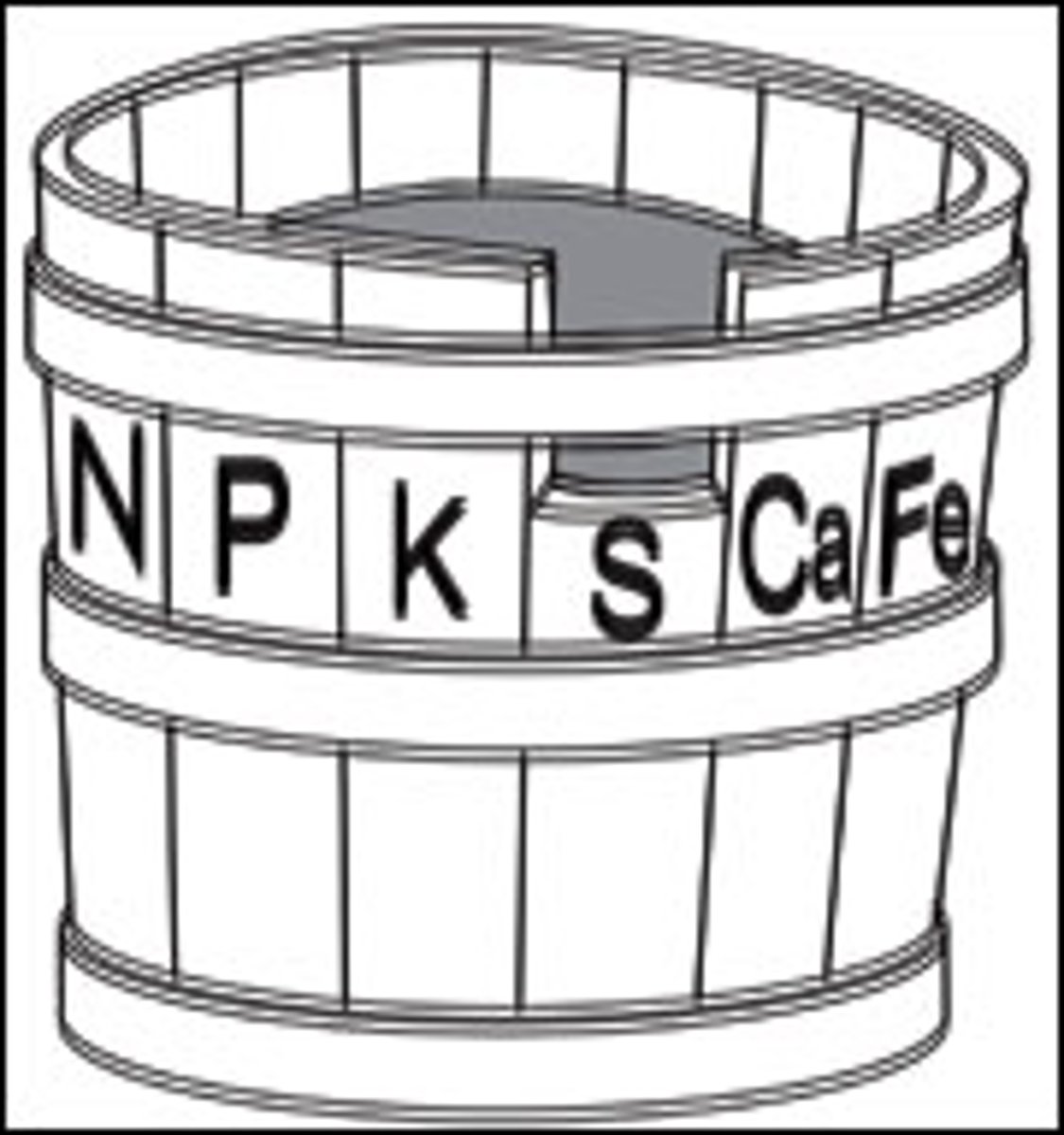
Algal bloom
An immediate increase in the amount of algae and other producers that results from a large input of a limiting nutrient
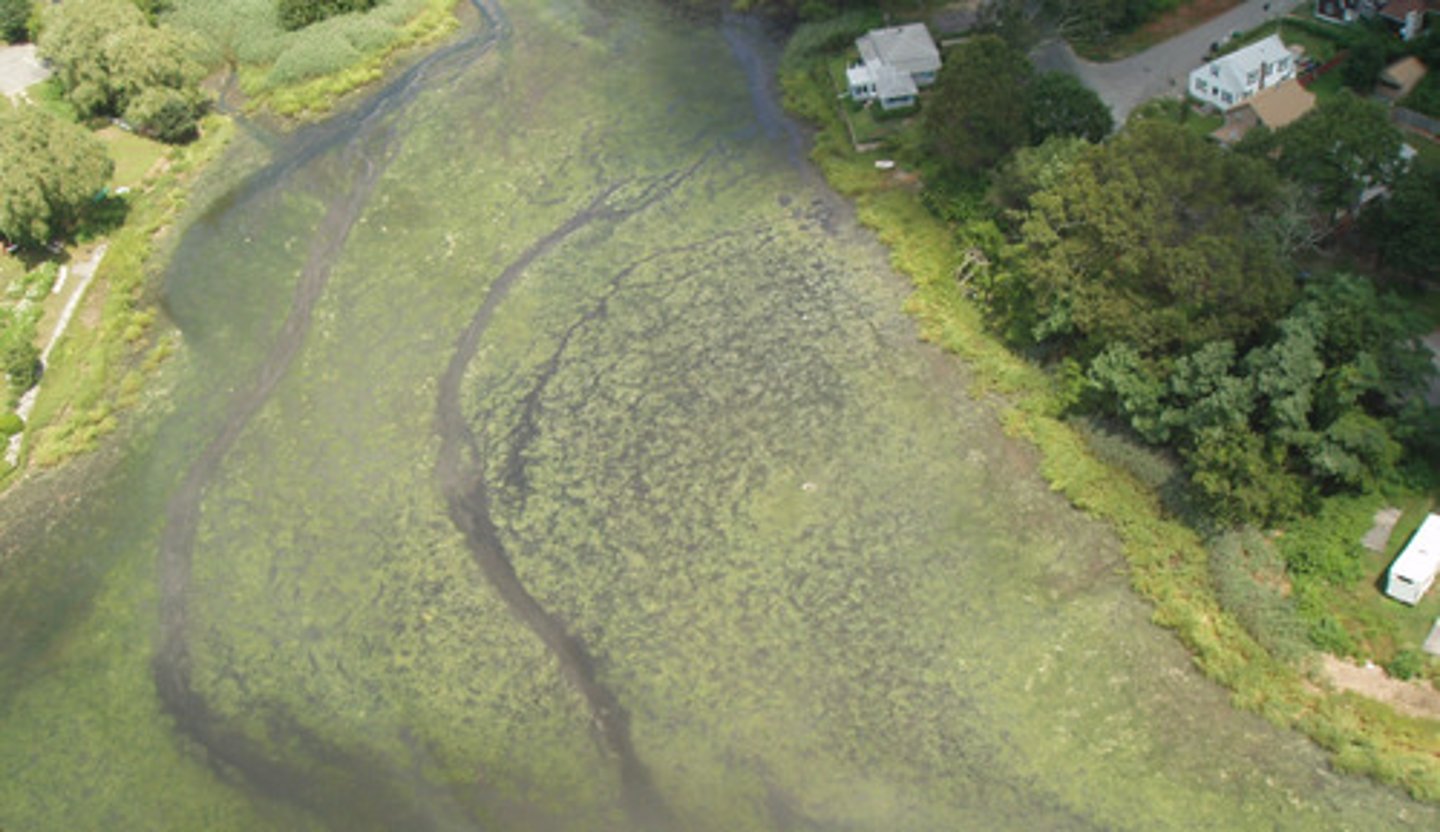
Essential elements
Six elements (CHNOPS) that combine to form the building blocks of all known organisms.
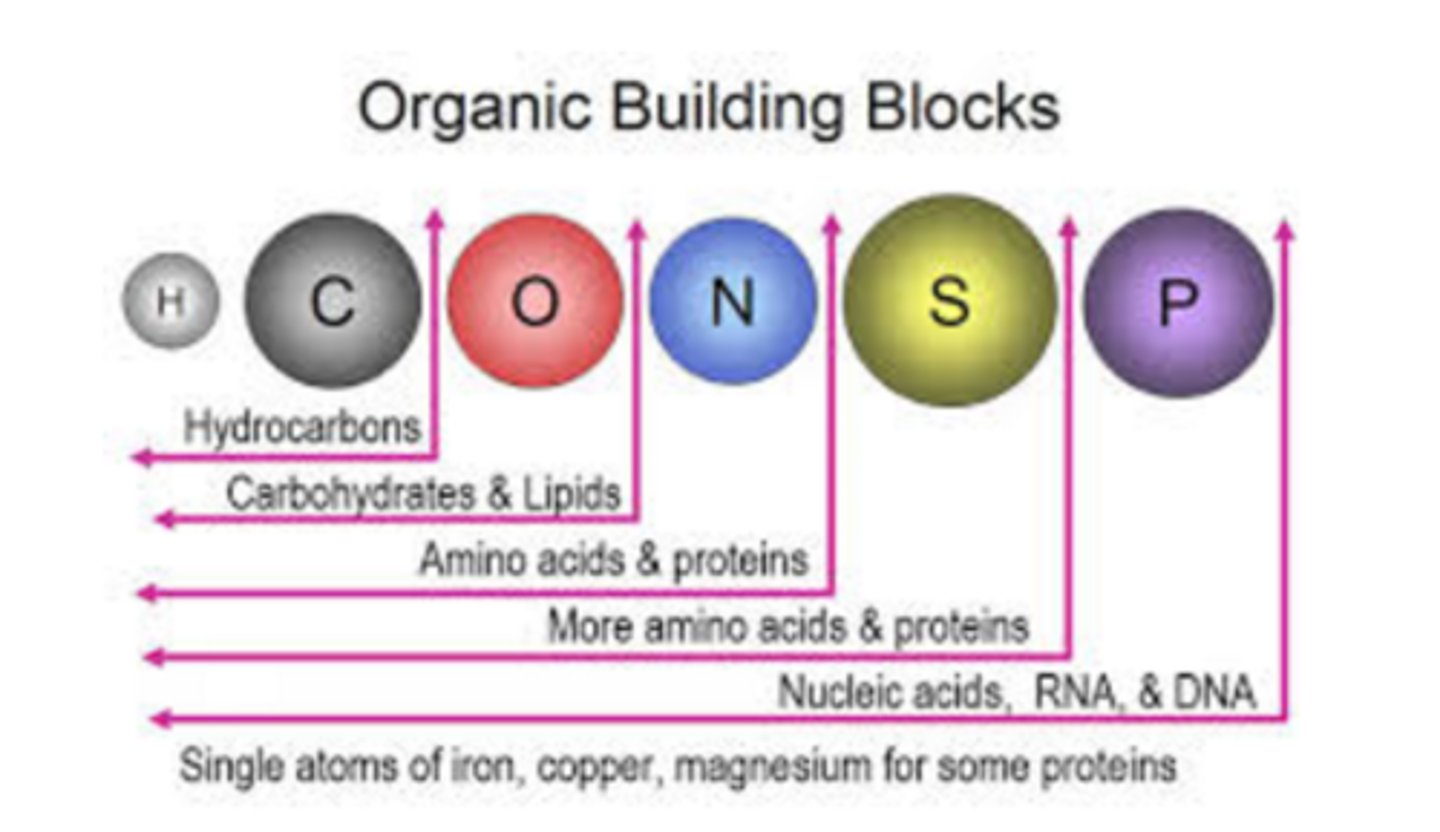
Biological processes
All activities performed by living organisms, including eating, breathing, "burning" food, and eliminating waste products.

Geological processes
Include volcanic eruptions, the formation and breakdown of rock, and major movements of matter within and below the surface of the earth.
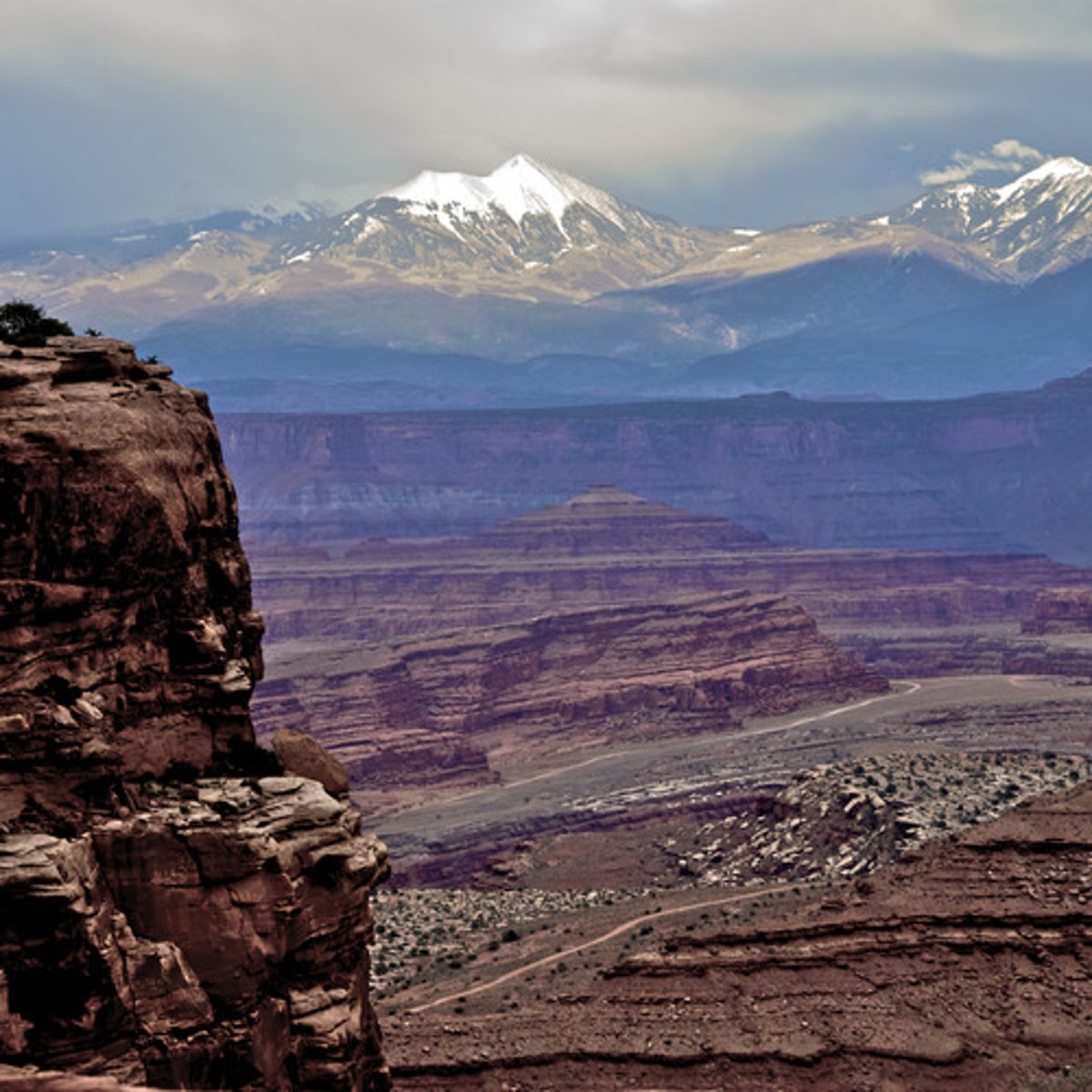
Chemical and physical processes
Include the formation of clouds and precipitation, the flow of running water, and the action of lightning.
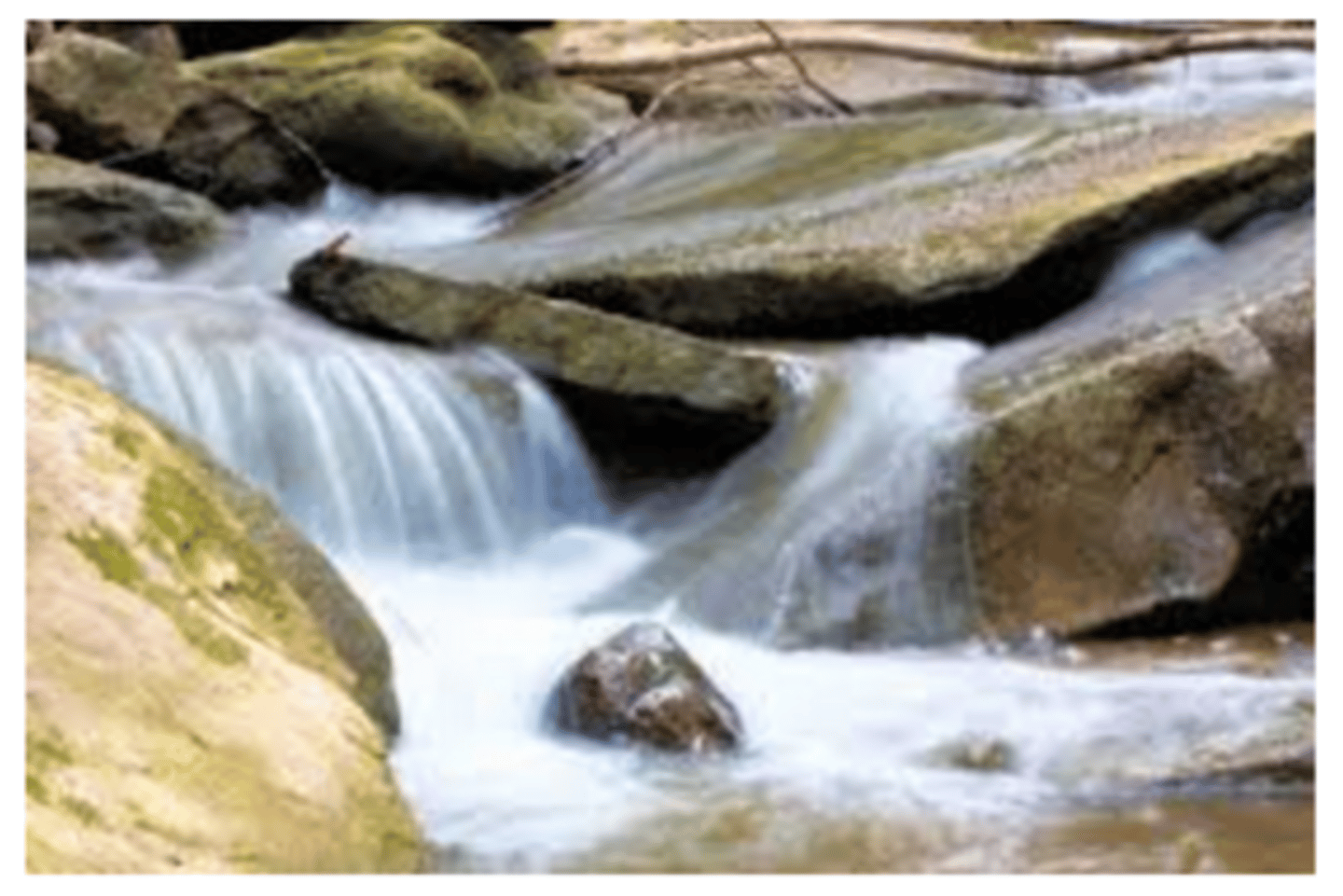
Human Activities Impacting Biogeochemical Cycles
Include the mining and burning of fossil fuels, the clearing of land for building and farming, the burning of forests, and the manufacture and use of fertilizers.
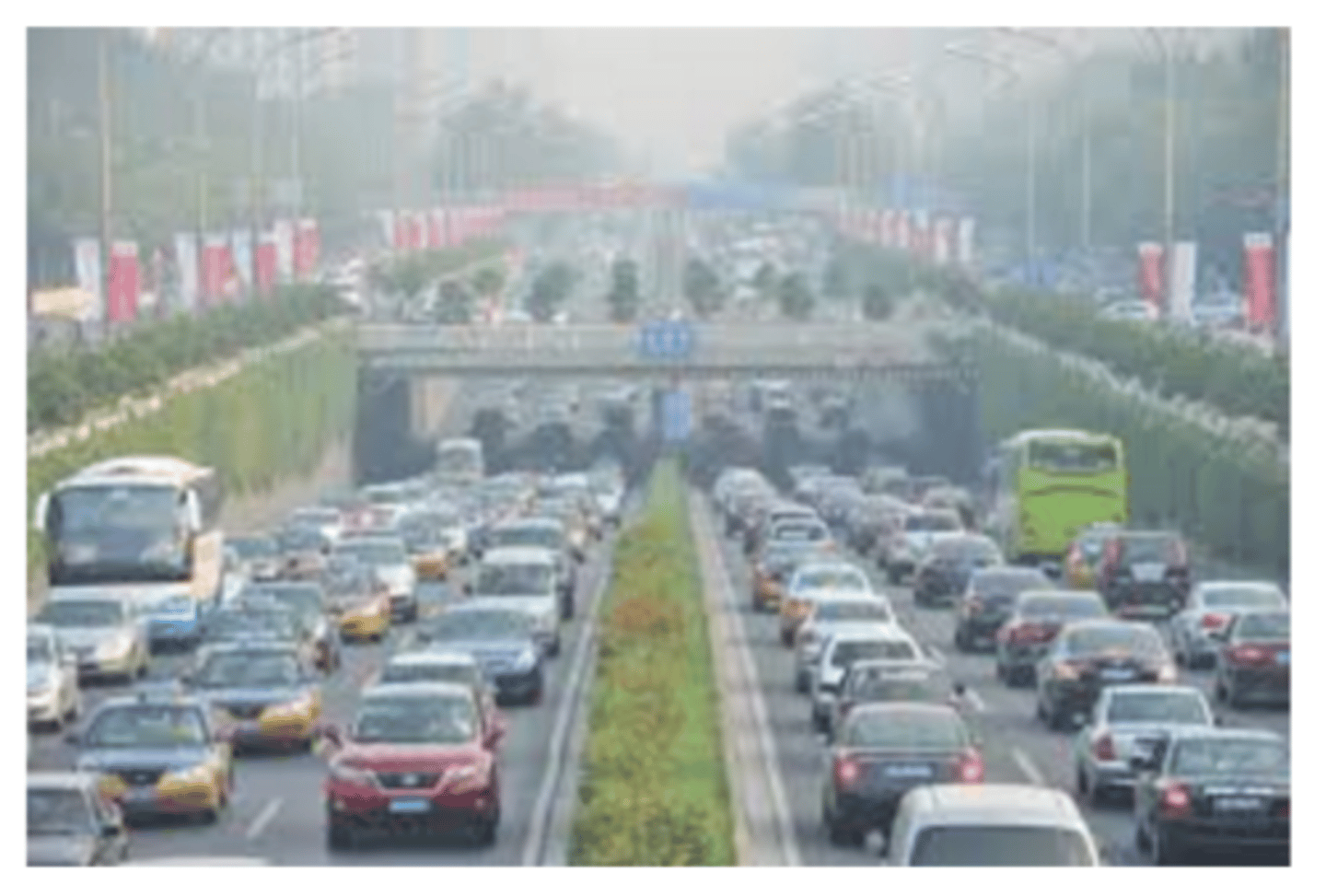
Lithosphere
The solid, outer layer of the Earth that consists of the the crust and the rigid upper part of the mantle. Includes rocks and sediment.
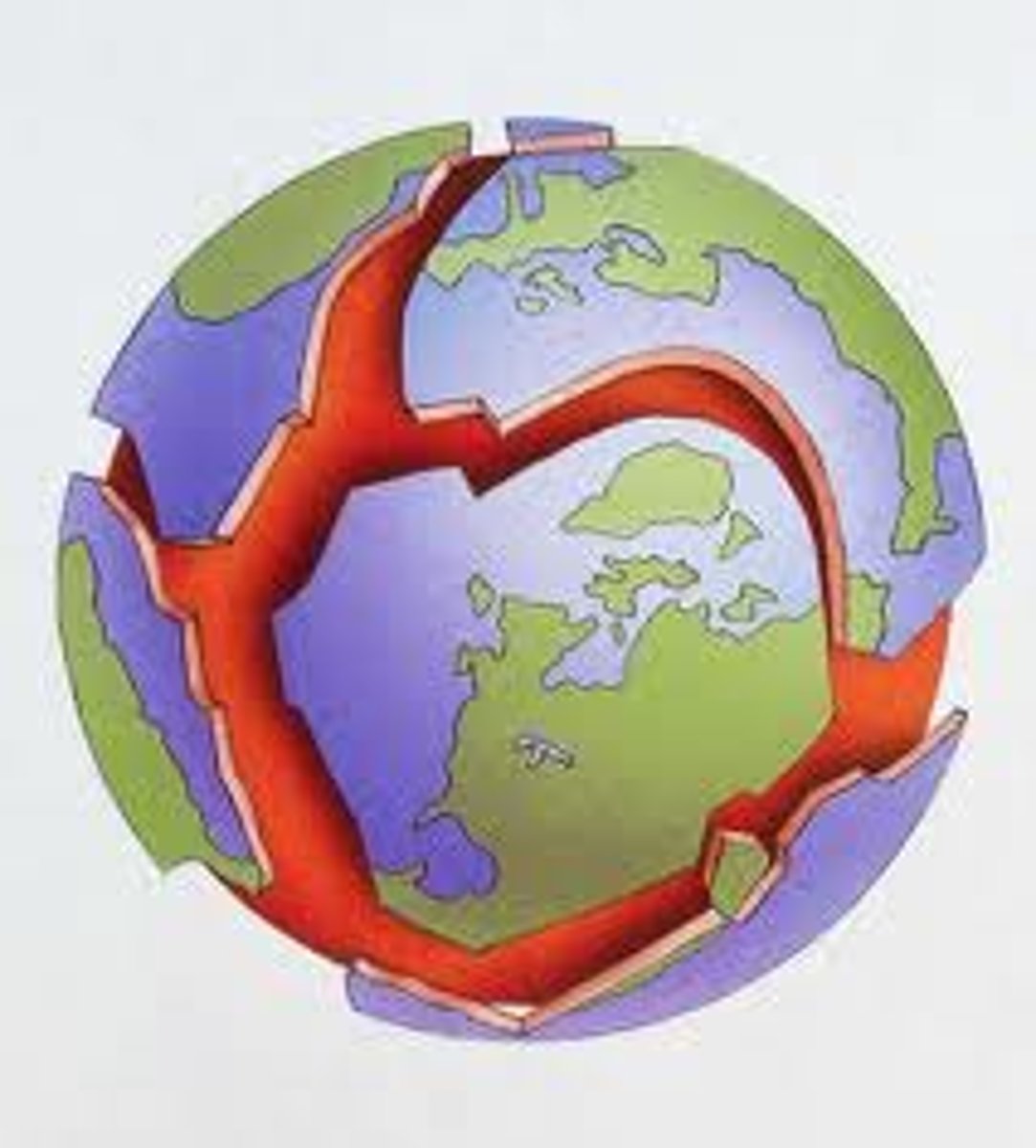
Atmosphere
Layers of different gases that surround the Earth that consists primarily of oxygen (O2), carbon dioxide (CO2) and nitrogen (N2).
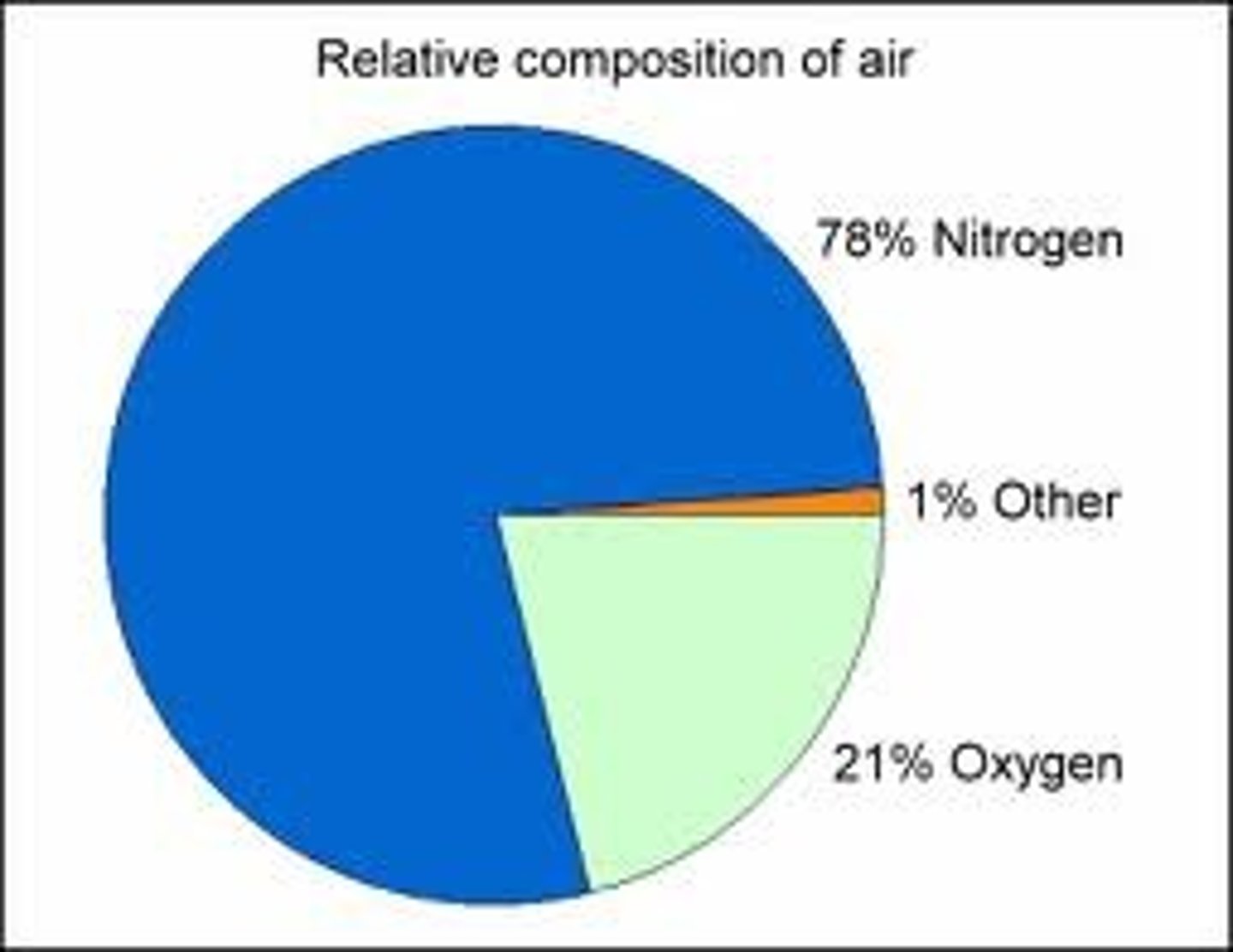
Hydrosphere
All the water at and near the surface of the earth, 97% of which is in oceans.
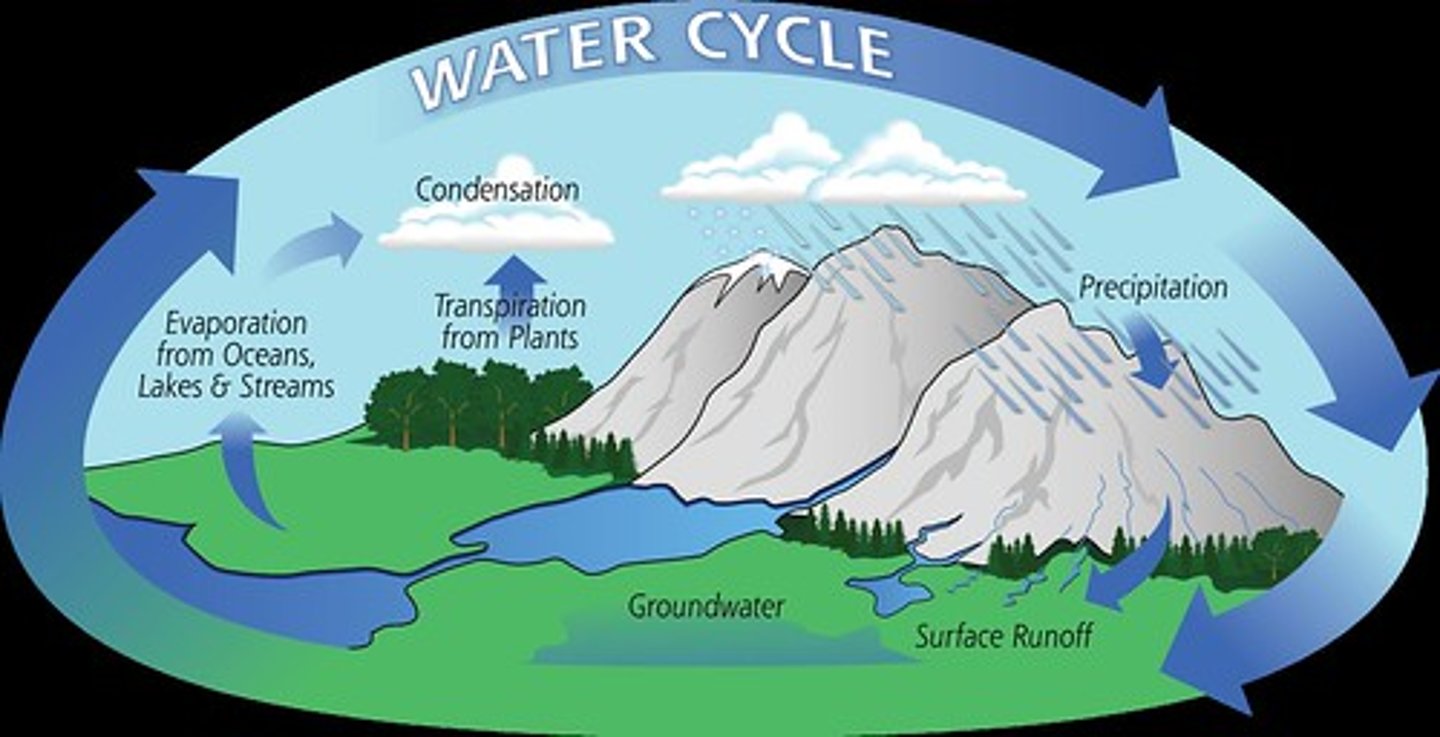
Condensation
Change in state from a gas to a liquid.
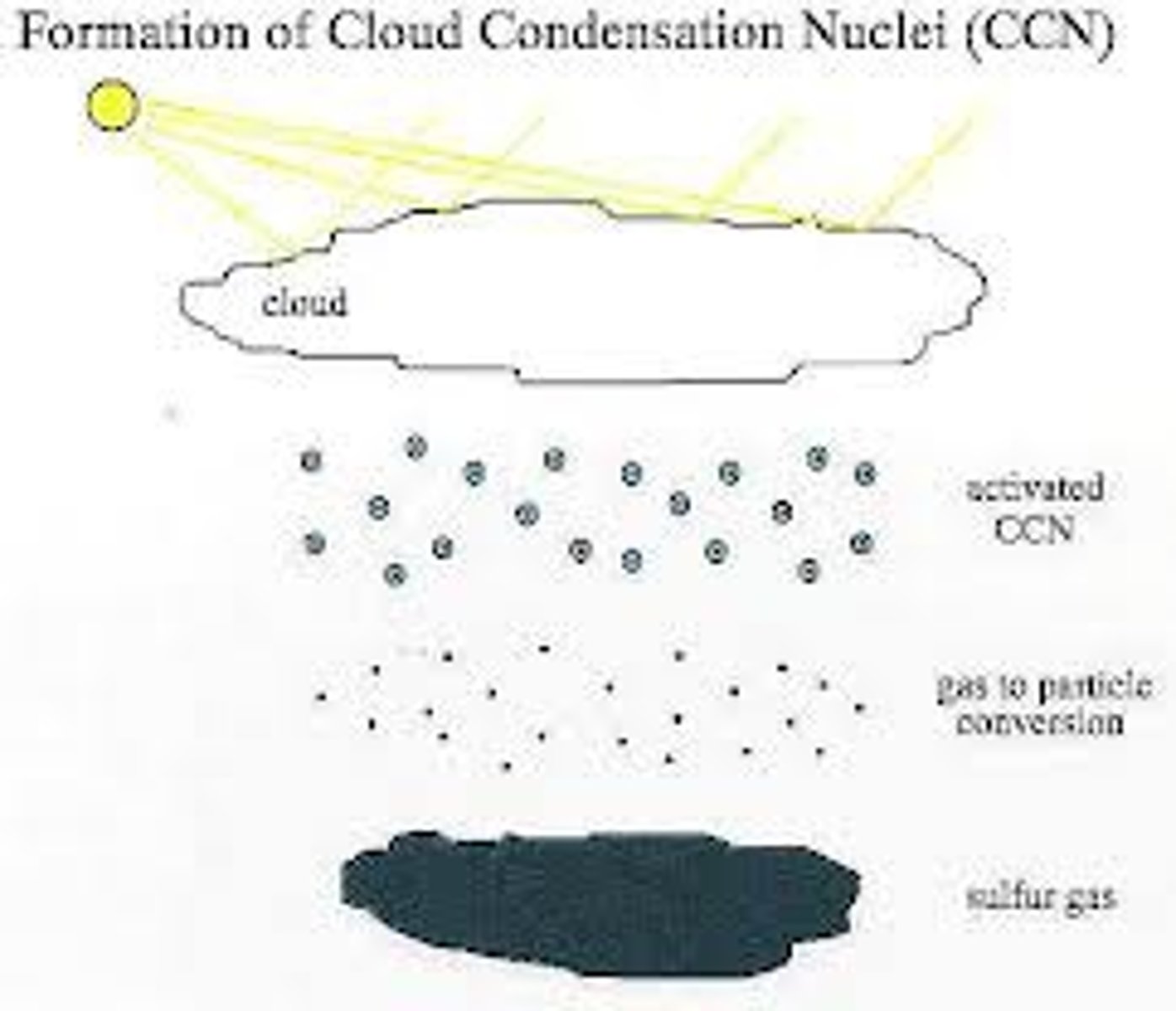
Precipitation
Any form of water that falls from clouds and reaches Earth's surface as rain, snow, sleet, or hail.
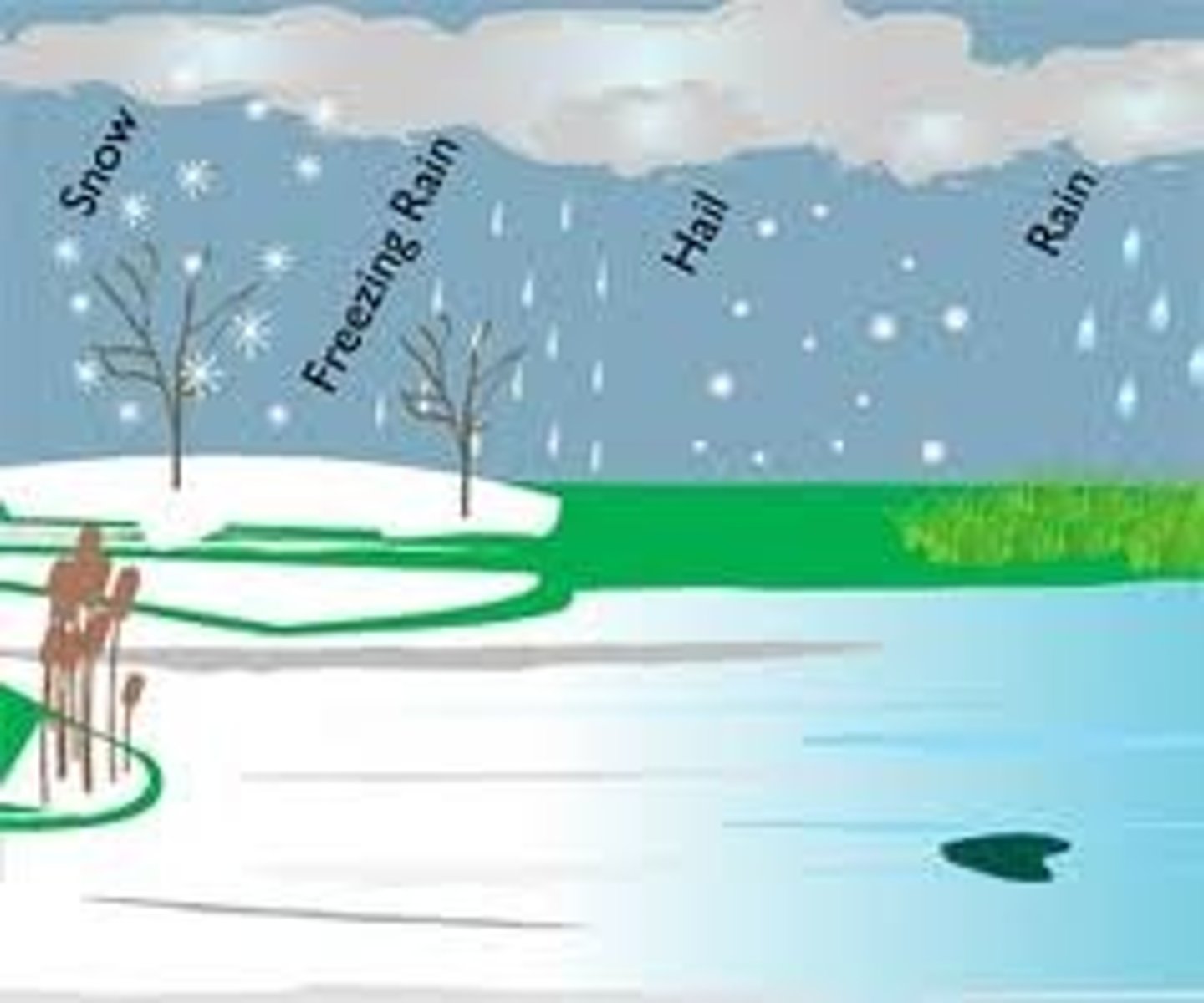
Runoff
Part of the water cycle where an excess of water runs down and does not sink into the soil and eventually makes it to the rivers, lakes, and oceans.
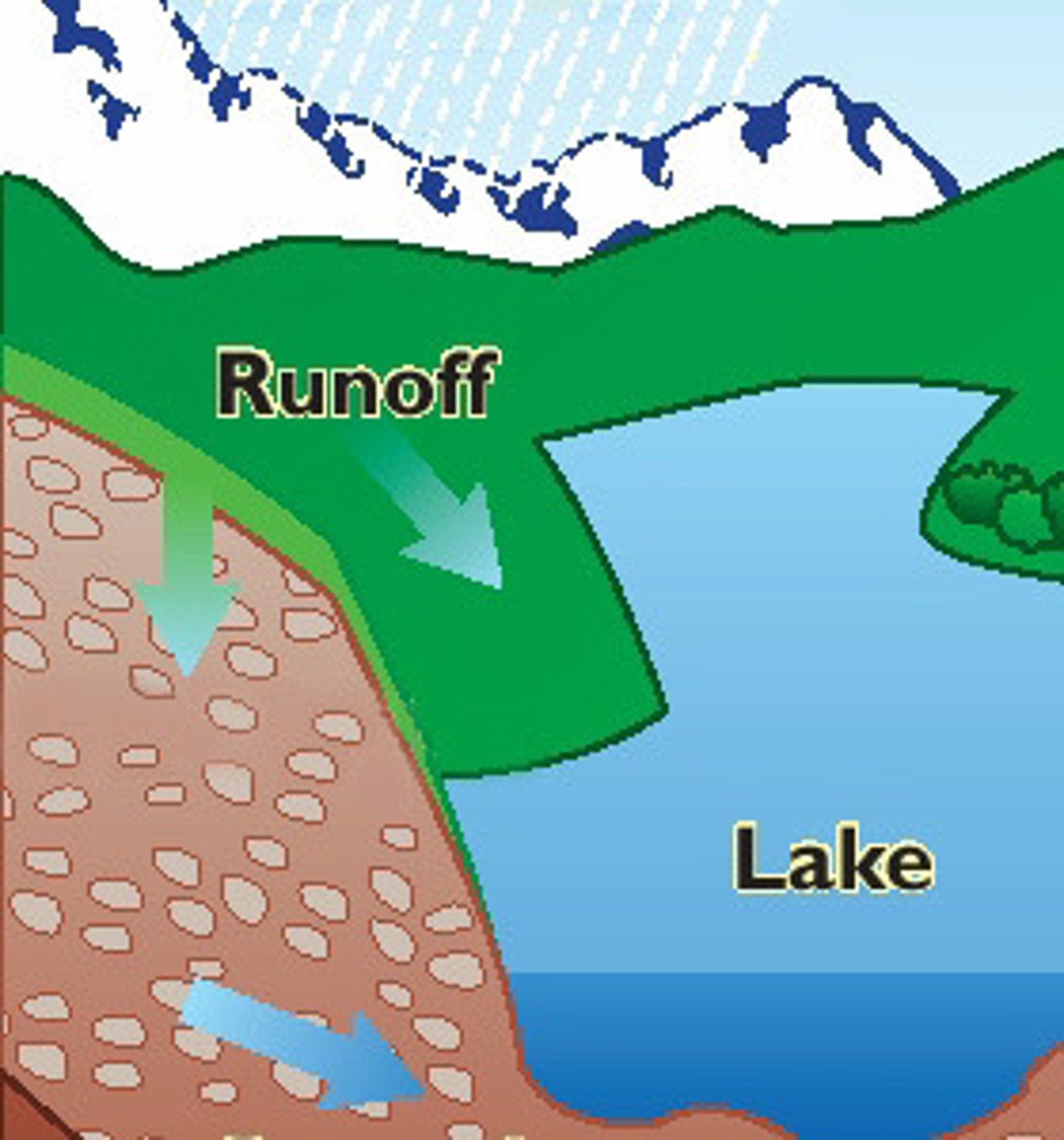
Infiltration
Process by which precipitation that has fallen on land surfaces enters the ground and becomes groundwater.
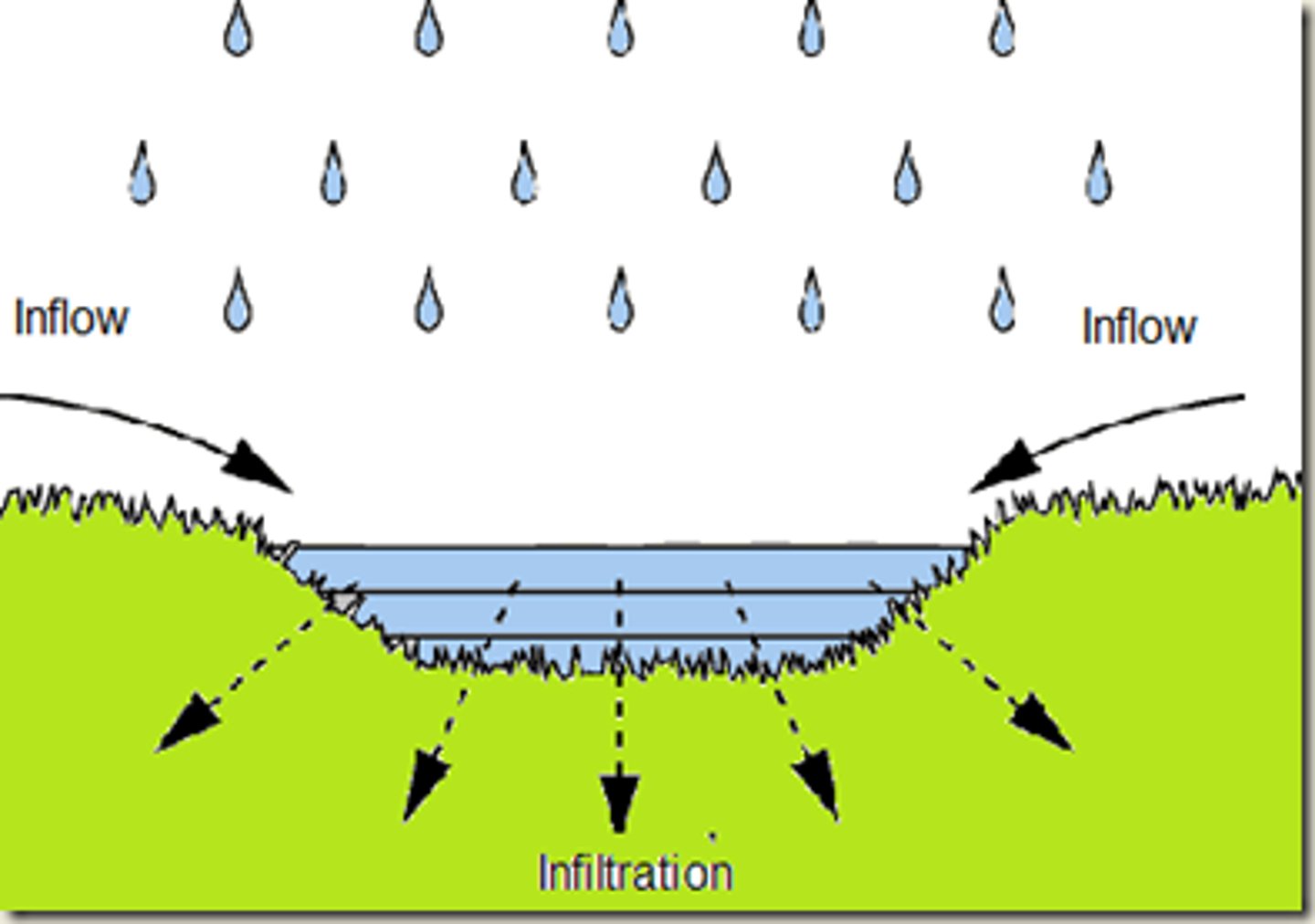
Groundwater
Water found in the spaces between soil particles and cracks in rocks underground (located in the saturation zone). Groundwater is a natural resource that is used for drinking, recreation, industry, and growing crops.
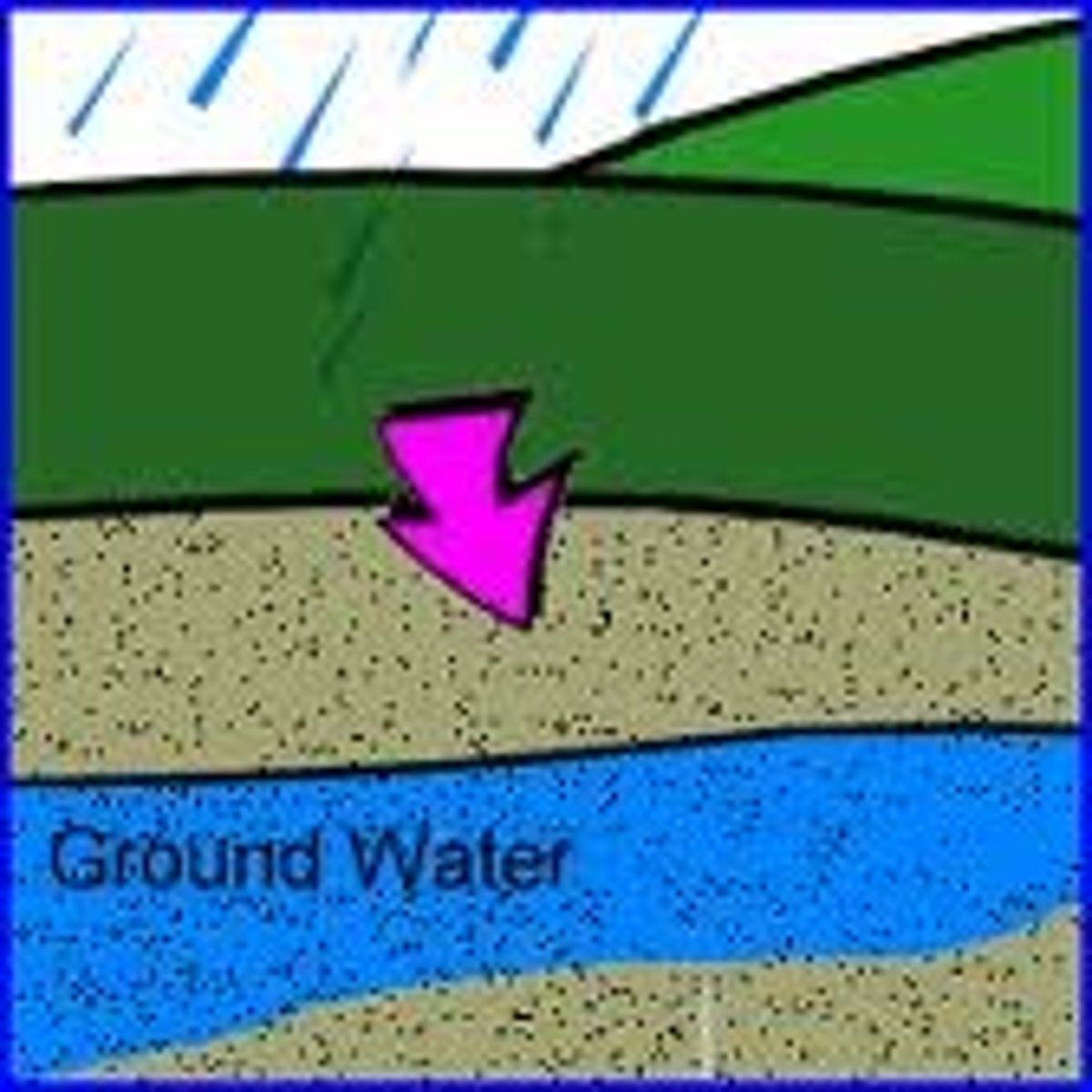
Carbon dioxide (CO2)
Colorless, odorless gas found in the atmosphere. Absorbed by plants during photosynthesis and released by all organisms into the atmosphere during cellular respiration. Also formed during the complete combustion of most matter including fossil fuels and biomass leads to additional carbon dioxide in the atmosphere that affects the climate.
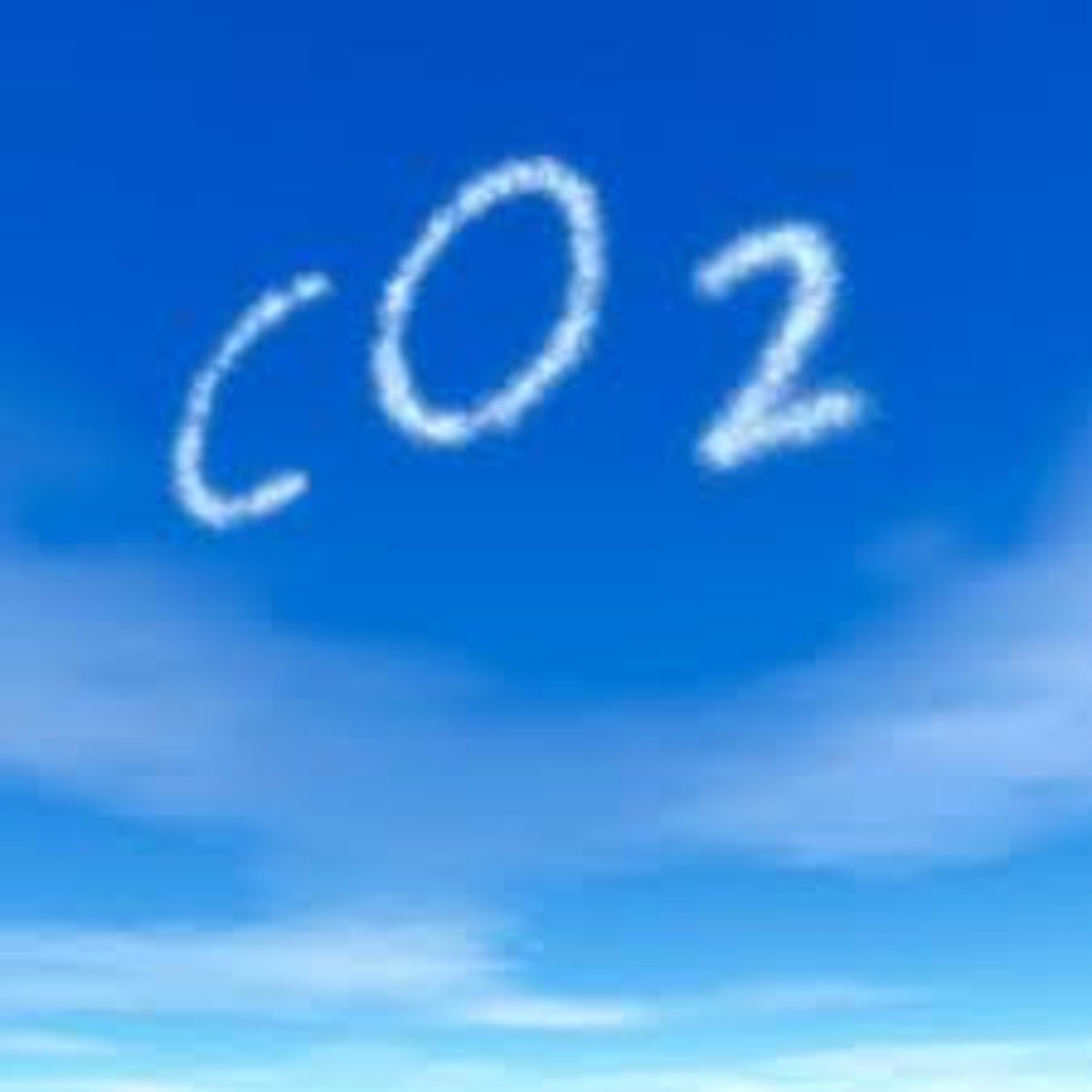
Photosynthesis
A process used by plants and other autotrophs to capture light and energy and use it to power chemical reactions that convert carbon dioxide and water into oxygen and energy-rich carbohydrates, such as sugars and starches.

Cellular Respiration
The process by which organisms combine glucose and oxygen to produce energy (ATP), carbon dioxide, and water.

Decomposition
The breakdown of dead organisms results in their conversion under pressure to coal and fossil fuels that store carbon underground and the return of ammonia (NH3) to the soil and N2 to the atmosphere.
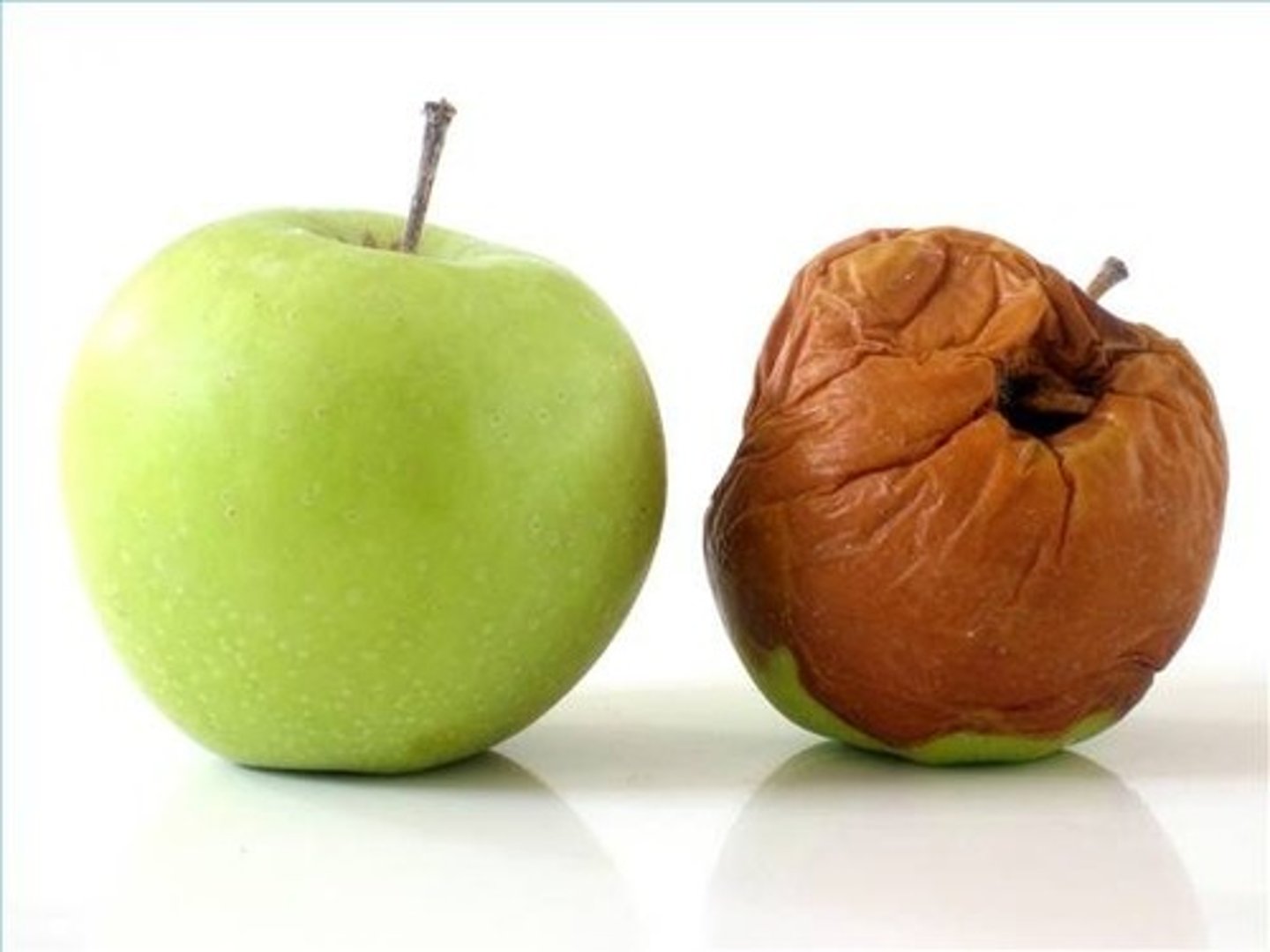
Carbon
A major component of all organic compounds, including carbohydrates, lipids, proteins, and nucleic acids.
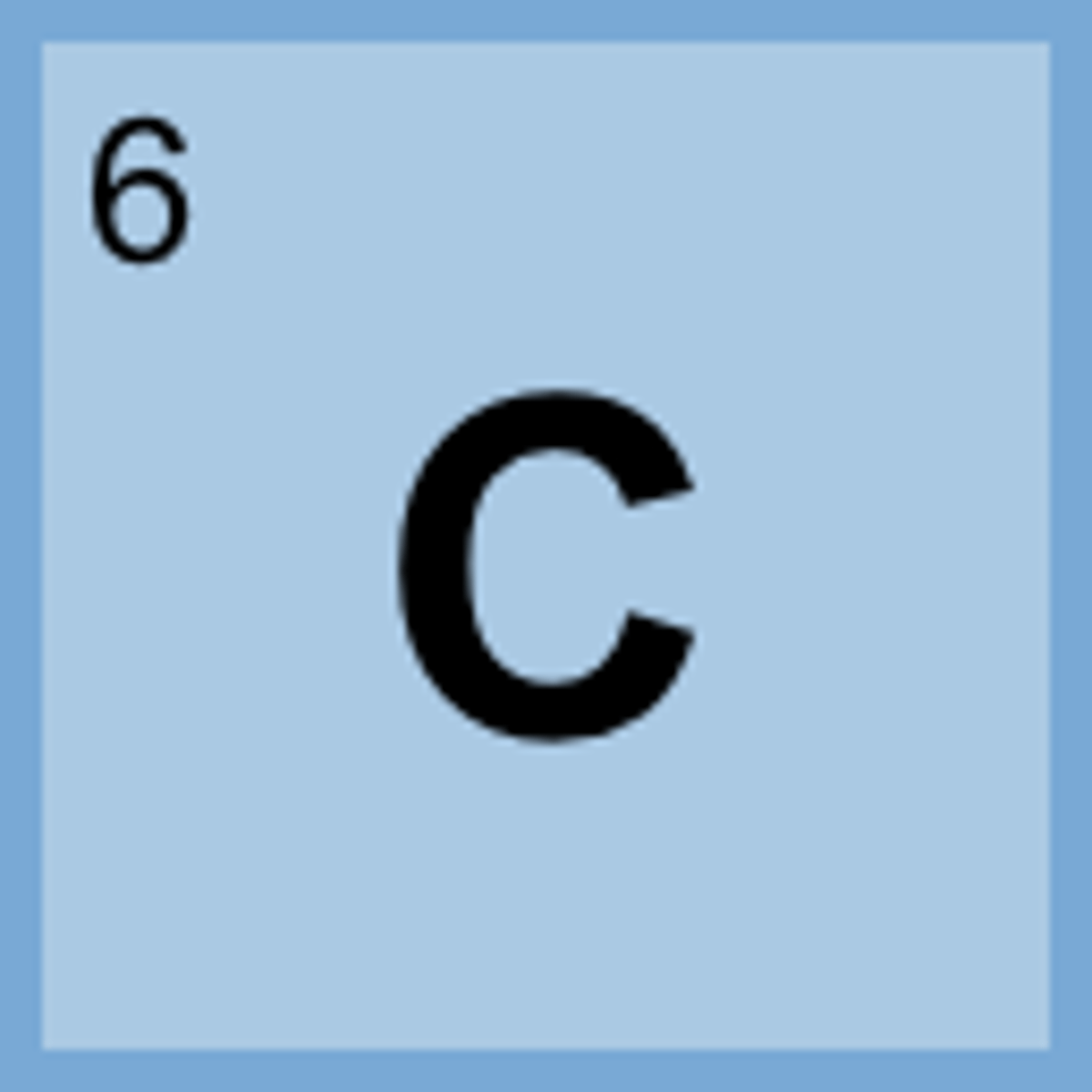
Water
Required by all living things to survive. Enter the atmosphere through evaporation and returns as precipitation.
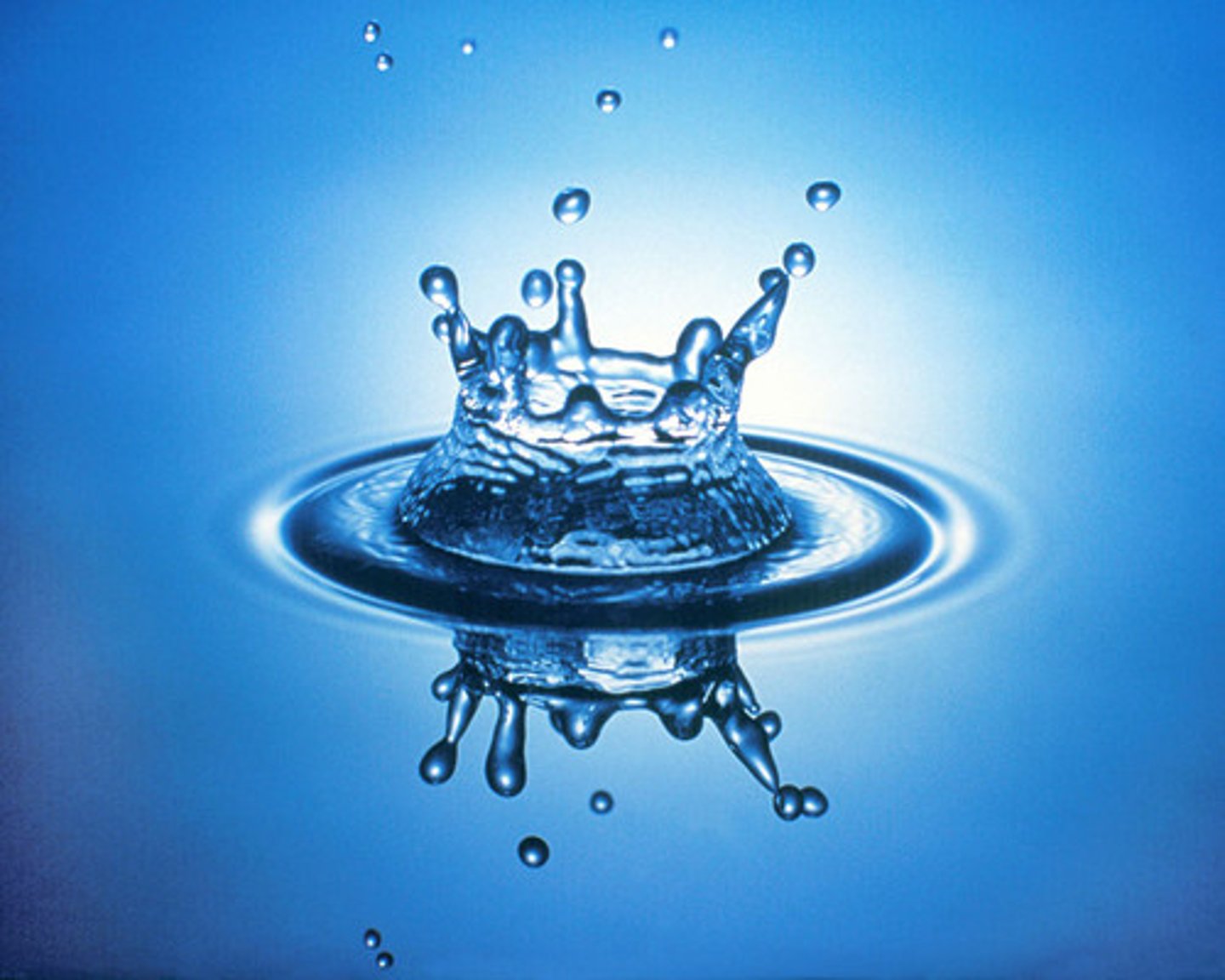
Erosion
The gradual wearing away of soil and rock by wind, glaciers, or water that returns carbon dioxide to the atmosphere and ocean.
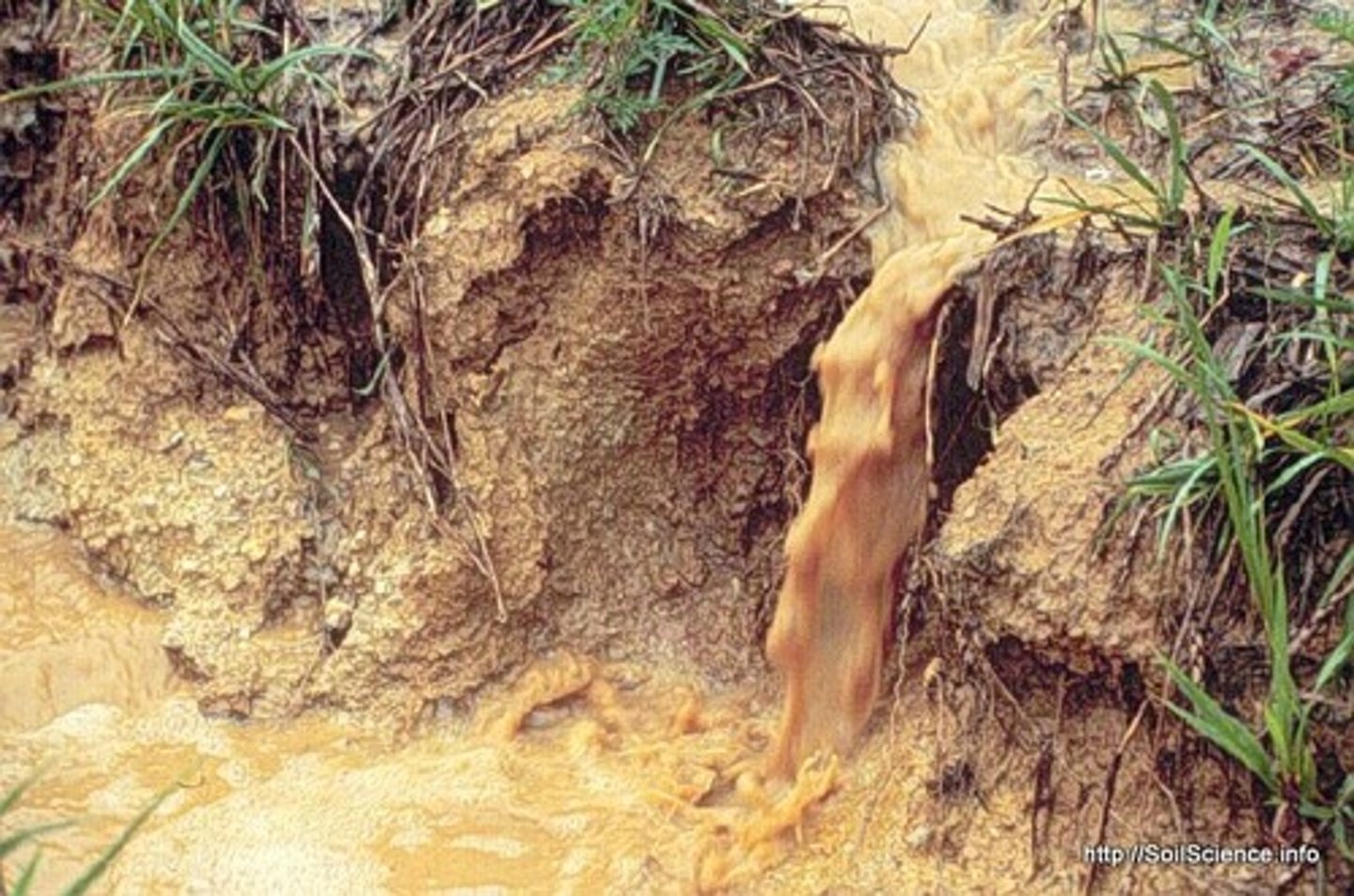
Volcanic activity
The eruptions of molten rock, ash or gases from a volcano that returns carbon dioxide to the atmosphere and ocean.

Deposition
Occurs when sediments are laid down on the ground or sink to the bottom of a body of water. This is the final stage of erosional process in which the movement of transported materials slows and they are dropped in another location
N2
Most abundant form of gas found in Earth's atmosphere, only certain types of bacteria that live in the soil and on the roots of plants called legumes can use this form directly.
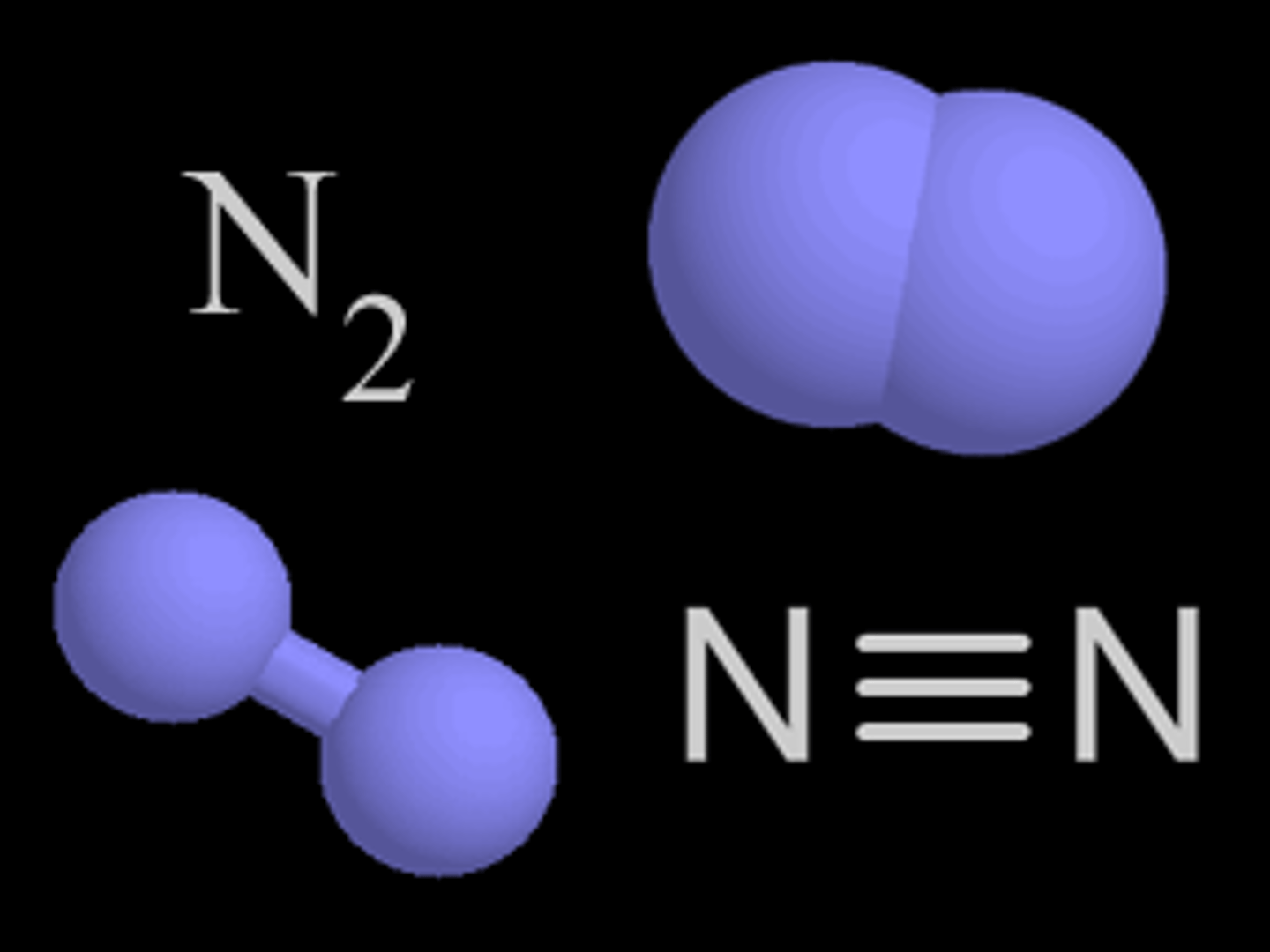
Excretion
Waste products produced by organisms contain ammonia (NH3) which is returned to the environment when wastes are produced.
Phosphorus
An essential element that is needed by organisms to make nucleic acids, including DNA, RNA and ATP.
Use of fertilizers, planting more legumes and burning fossil fuels.
Human activities that speed up the rate of nitrogen fixation resulting in acid rain, mineral deficiencies in the soil and algal bloom (water pollution).
Use of detergents and fertilizers and an increase in the number of livestock eliminating wastes.
Human activities that accelerate the phosphorus cycle which can lead to algal bloom and damage to mines.
Denitrification
The process by which bacteria convert nitrogen found in the soil into nitrogen gas (N2) that is released back into the atmosphere.
Legume
A type of plant that has nodules on their roots where symbiotic bacteria called Rhizobium can live and fix nitrogen. Examples include - alfalfa, soybeans, chickpeas, peas, beans, lentils, and peanuts.
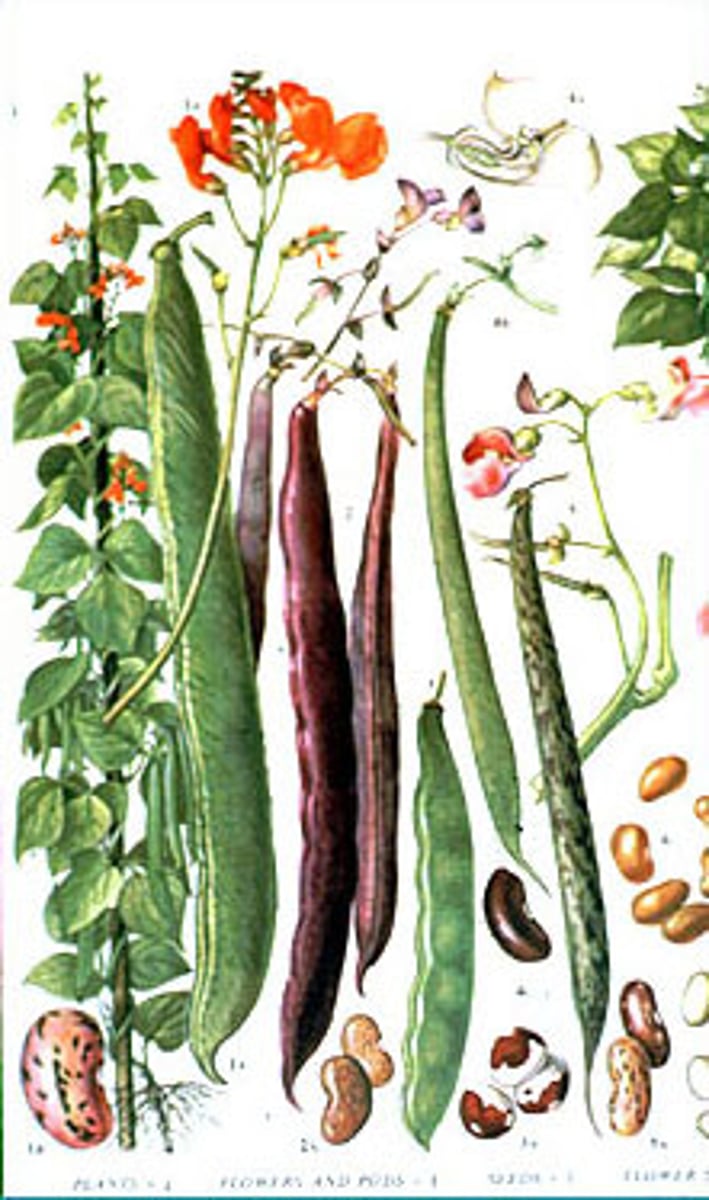
Mining, cutting and burning forests, and burning fossil fuels
Human activities that increase the amount of carbon in the carbon cycle.